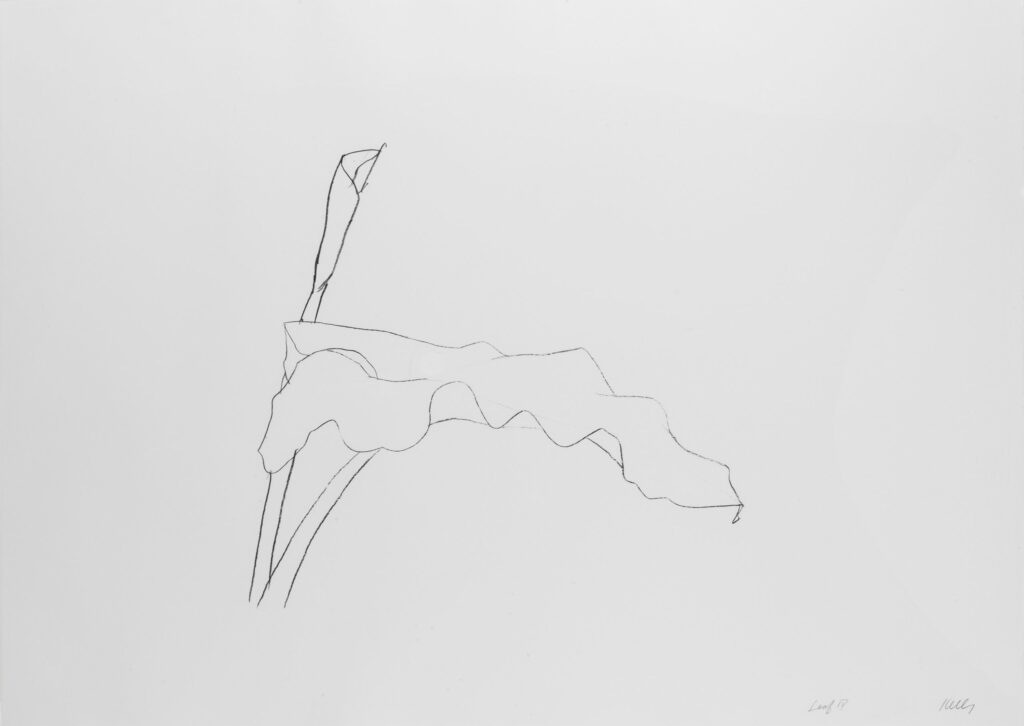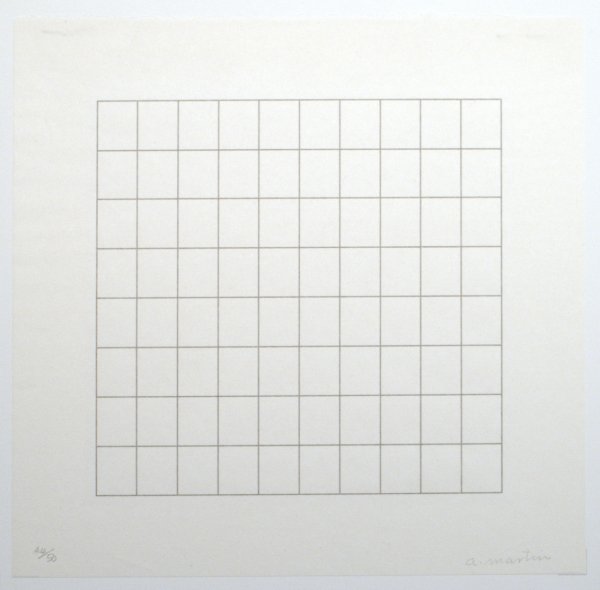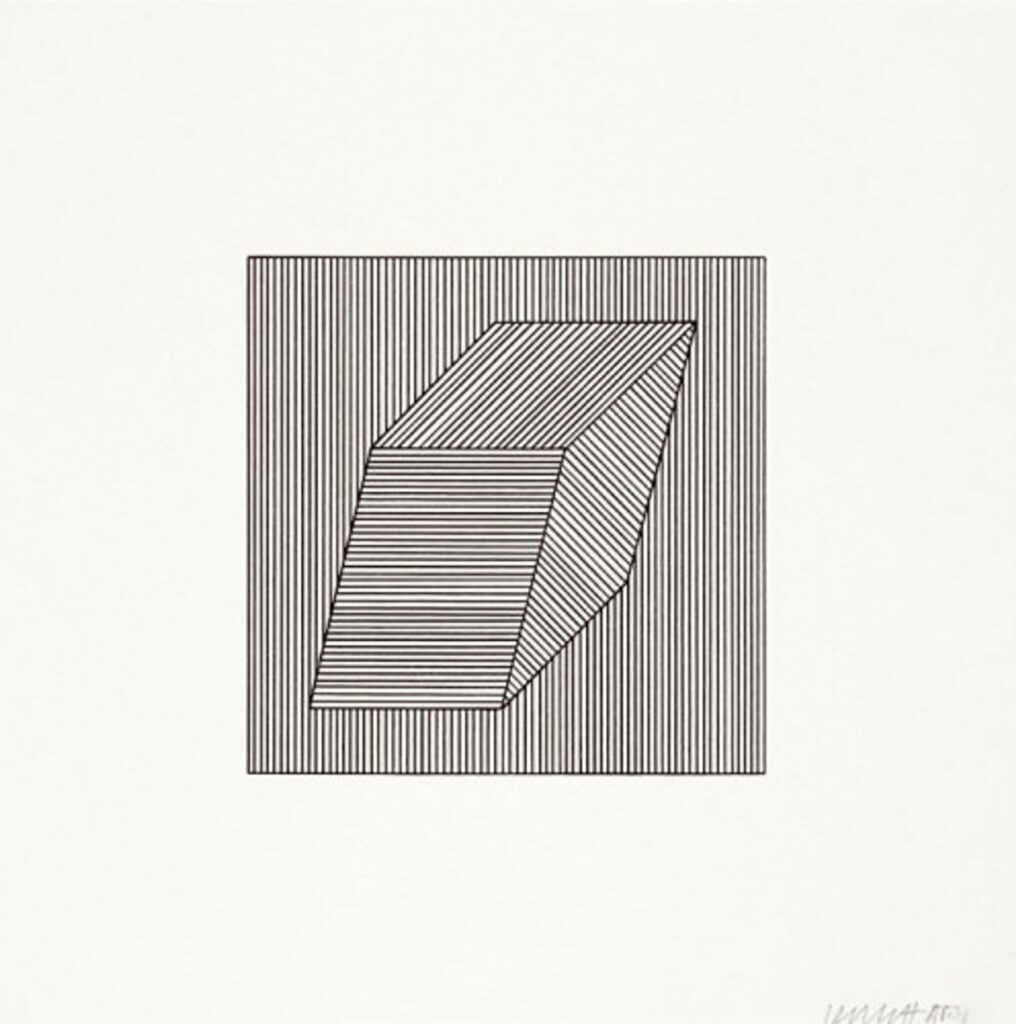Minimalist Line Art
Minimalist line art is a style of art that features simple, clean lines and minimal use of colour. This style emerged in the 1960s and 1970s as a reaction to the more complex and detailed styles that were popular at the time.
Minimalist line art is often created using just one or two colours, with the focus being on the lines themselves. These lines can be thin or thick, and are often used to create simple geometric shapes or patterns. This simplicity allows the viewer to focus on the overall composition of the piece and the play of shapes and lines.

Minimalist line art can be created using a variety of mediums, including pen and ink, graphite, or digital tools. Artists who work in this style often use repetitive lines and shapes to create a sense of movement and rhythm.

Minimalist line art is often associated with the minimalist art movement, which emerged in the 1960s. Minimalist artists rejected the more complex and detailed styles of the past and instead focused on creating art that was simple, yet powerful. This movement was influenced by the work of artists like Kazimir Malevich and the Bauhaus school of design.

Some of the most notable minimalist line artists include Agnes Martin, Sol LeWitt, and Ellsworth Kelly. These artists are known for their use of simple shapes, clean lines, and a limited color palette. Their works often explore the relationship between form and space, creating a sense of harmony and balance.
